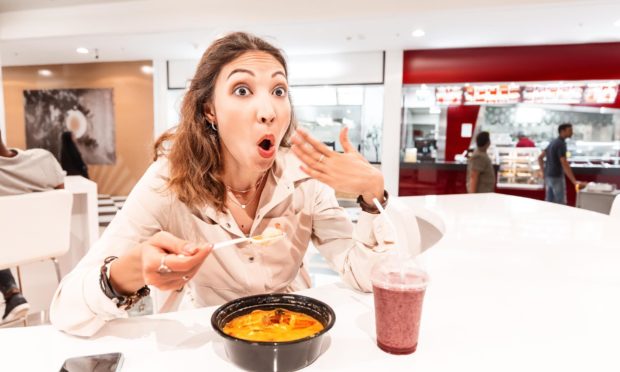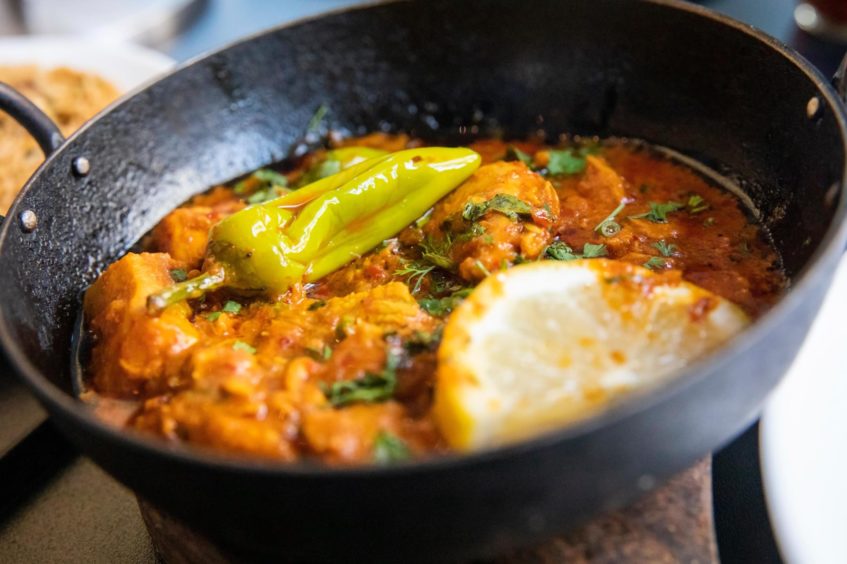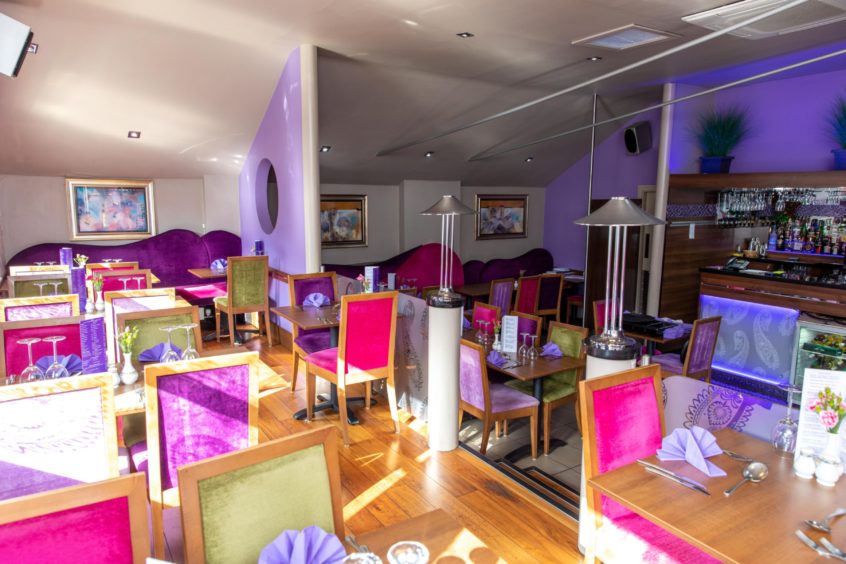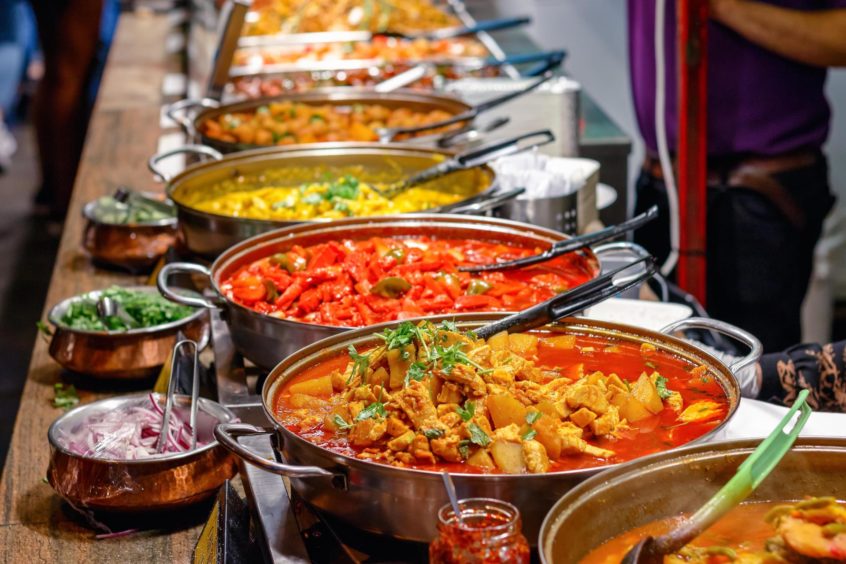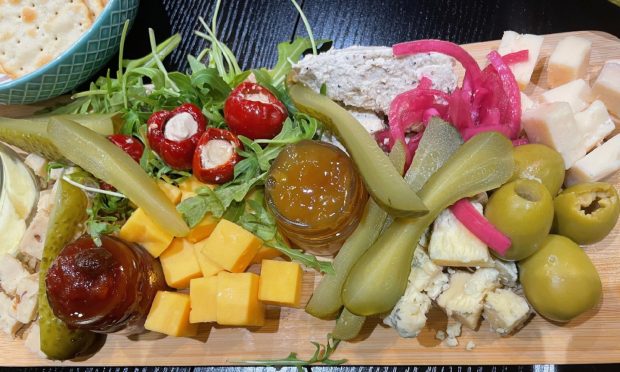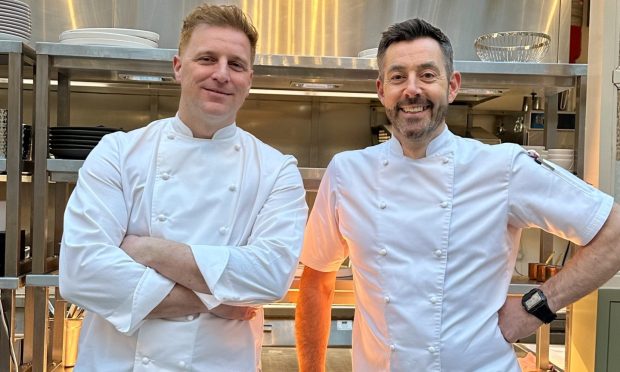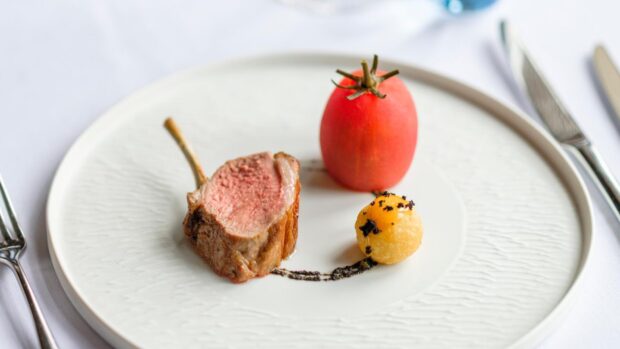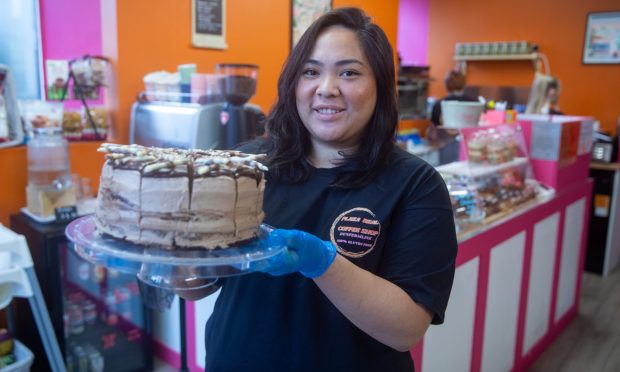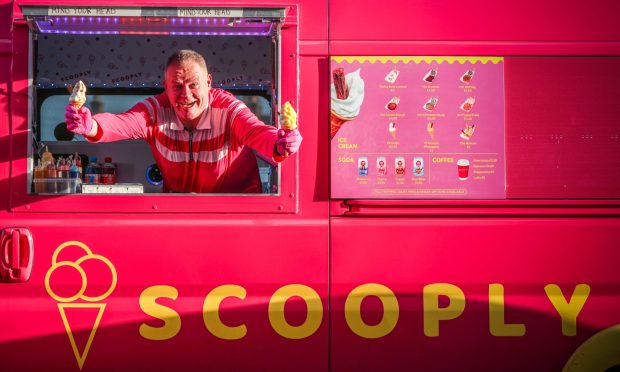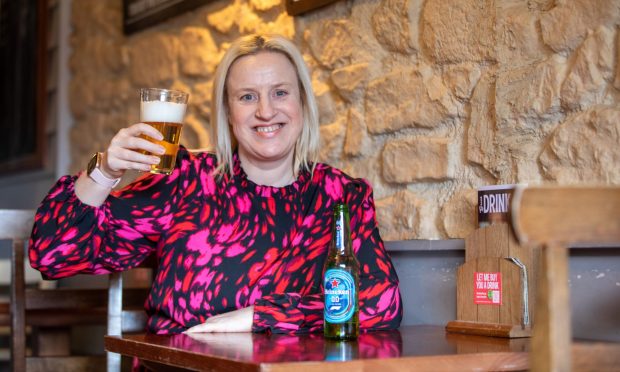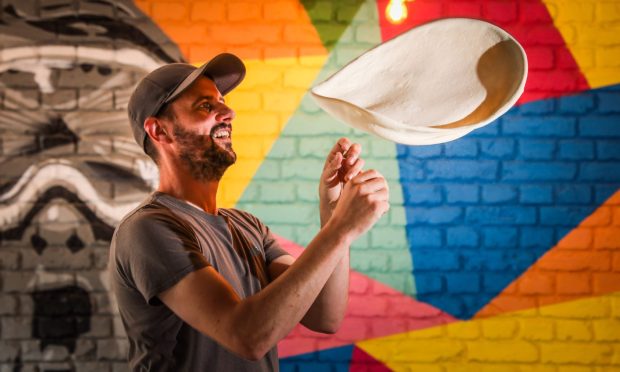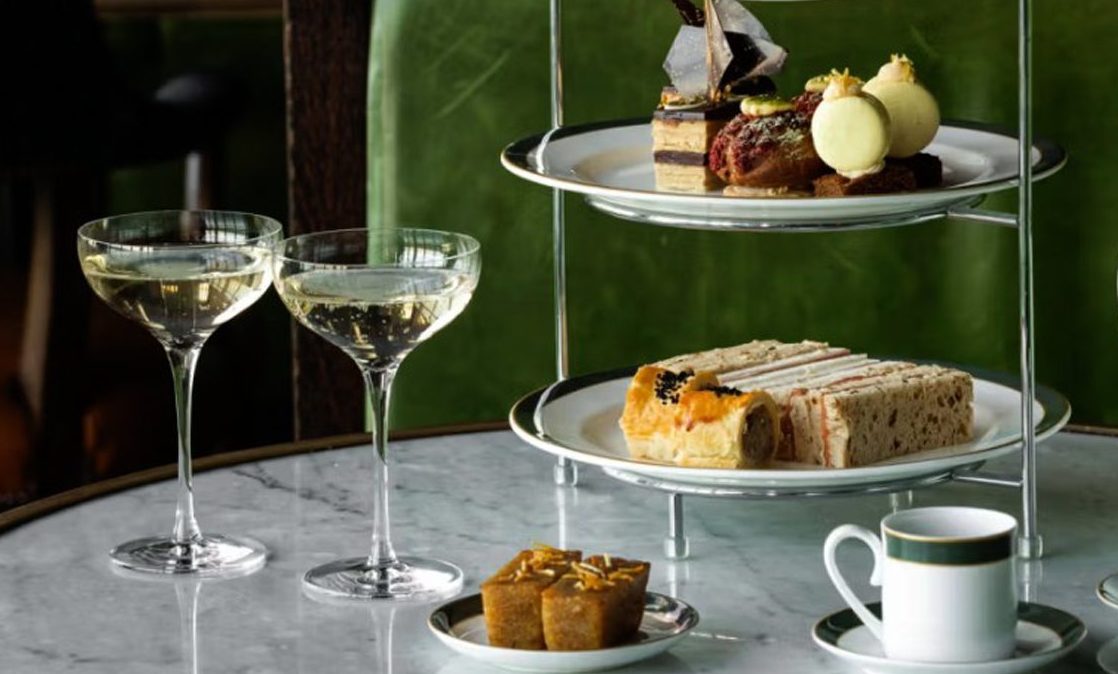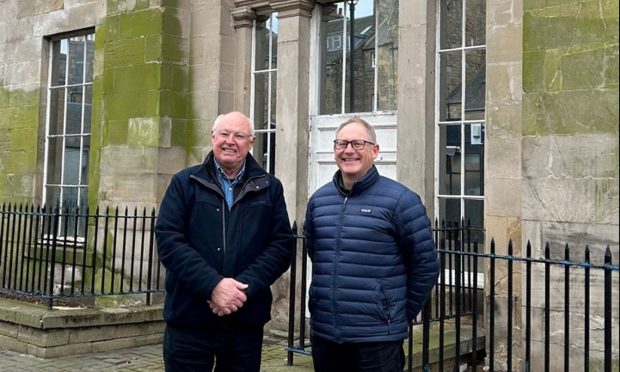A nationwide survey has put fans of spicy food in Dundee at number four in a league table of people who enjoy a hot curry.
The people of Dundee love a curry and they love them hot – that’s official!
Nationwide research has revealed a heat map of the UK, with folk from the City of Discovery emerging as fourth top in the country for tucking into the hottest curries.
In fact, Dundee was the only town or city in Scotland to make the UK’s top 10, with a staggering 27% of people in the city stating they regularly devour eye-watering curries such as vindaloos, compared to a national average of just 16%.
Fiery dish
Top of the list following a study involving 5,000 Brits was Middlesbrough with 30% of residents of the town in the north-east of England saying they loved a hot curry.
Blackpool came a close second with 29% of people admitting they would always choose a vindaloo, or something hotter.
And in third place was Canterbury, where 28% enjoy the tongue-tingling delights of a fiery dish.
The poll was carried out by curry kit company Boom Kitchen.
When it came to mild dishes, Gloucester was the “coolest”, followed by Wolverhampton and Bournemouth.
And it seems that the results of the national research are borne out by evidence in the city’s restaurants.
We love them hot
Hot curries are extremely popular at the long-established Bombay Joe’s in Gray Street, Broughty Ferry.
Owner of the popular restaurant for the last 30 years, Paul Chima said: “A tikka masala and a garam masala, which is spicy, are our most popular curries, but a lot of people will now go for the tandoori option which is a healthy eating option cooked on the charcoal grill.
“However, vindaloo and madras curries are still extremely popular. The older curries and hotter curries are still a very popular option, particularly in the winter when it’s very cold.
“It could be true that people in Dundee enjoy the hot curries, certainly in my experience they enjoy eating spicy food.
“More and more people are eating curries and Indian food these days. I have customers coming to me three times a week for a takeaway.
“It is more affordable and the portions are bigger. It doesn’t matter which curry house you go to you get a lot more for your money. That’s my take on it.”
No longer just hardcore
The national study found that, overall, there are almost the same number of hot vindaloo lovers (16%) as there are creamy korma fans (18%).
James Doel, co- founder of Boom Kitchen, said: “Super-hot curries used to be for the hardcore, but they are actually now just as popular as milder curry dishes.”
The vindaloo is a traditional recipe from Goa, on India’s south-western coast. However it was first created in Portugal, where an earlier version of the dish made its way to Goa with Portuguese explorers in the early 15th Century.
On the flipside, the korma is an anglicisation of the Urdu word qormā, meaning to “braise” with the meat being cooked in yoghurt and mild spices.
The study also found that while almost half (46%) of us claim to be cooking more curries from scratch, 18% of Brits are buying more takeaway curries than ever before,
And more than a fifth have expanded their repertoire of recipes over lockdown to include curry dishes.
